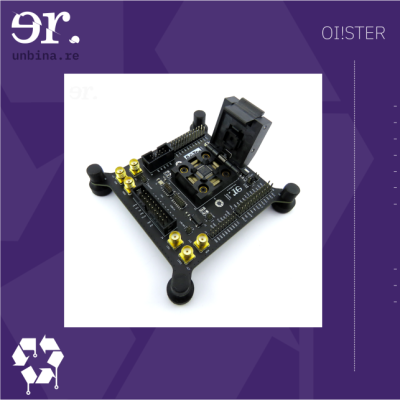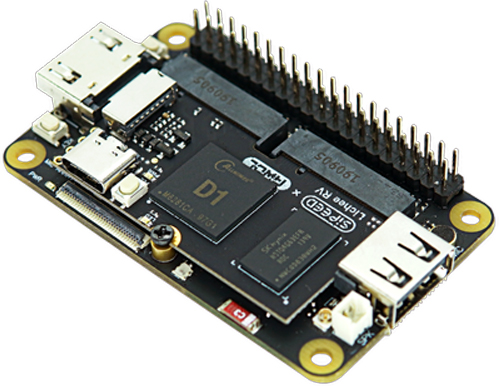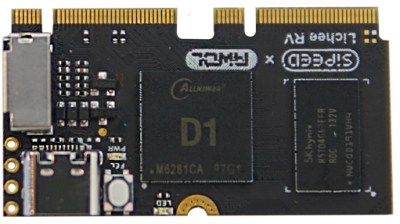Most of us would be pretty happy with ourselves if we made one of those neat “epoxy river” types of art for our home. Not so with prolific maker [Peter Waldraff]. [Peter] is a skilled craftsman with a penchant for hiding model railroads in everyday furniture and fixtures. To this end, he’s created what he calls the Hidden Epoxy Railroad, which you can see in the video below the break.
The project starts with basic woodworking to build the frame, hinges, and the hinged epoxy river with its colored epoxy pour. Instead of stopping there, [Pete] continued by building a full N scale model railroad into the piece. The frame doubles as a backdrop complete with a beautifully painted scene with what we’re guessing is an N scale hot air balloon, too.
Of course, the skeptics among us might doubt whether the model railroad is fully hidden when closed. But one detail that Pete shared with us is that his wife never knew about the train portion of the build until their daughter pointed it out. She thought it was merely a piece of art for the dining room. Truly a great hack!
The entire build is documented on [Pete]’s YouTube channel, with its own 15 part build series. It’s definitely worth checking out. We’ve covered one of [Pete]’s hidden railroad builds before, so make sure you check that out, too!
Continue reading “Hidden Model Railroading Taken To The Nth Scale”



 Unbinare’s tools are designed to work in harmony with each other, a requirement for any productive reverse-engineering effort. OI!STER is a general-purpose salvaged MCU research board, with sockets to adapt to different TQFP chip sizes. This board is Maurits’s experience in reverse-engineering condensed into a universal tool, including a myriad of connectors for different programming/debugging interfaces. We don’t know the board’s full scope, but the pictures show an STM32 chip inside the TQFP socket, abundant everywhere except your online retailer of choice. Apart from all the ways to break out the pins, OI!STER has sockets for power and clock glitching, letting you target these two omnipresent Achilles’ heels with a tool like ChipWhisperer.
Unbinare’s tools are designed to work in harmony with each other, a requirement for any productive reverse-engineering effort. OI!STER is a general-purpose salvaged MCU research board, with sockets to adapt to different TQFP chip sizes. This board is Maurits’s experience in reverse-engineering condensed into a universal tool, including a myriad of connectors for different programming/debugging interfaces. We don’t know the board’s full scope, but the pictures show an STM32 chip inside the TQFP socket, abundant everywhere except your online retailer of choice. Apart from all the ways to break out the pins, OI!STER has sockets for power and clock glitching, letting you target these two omnipresent Achilles’ heels with a tool like ChipWhisperer.













